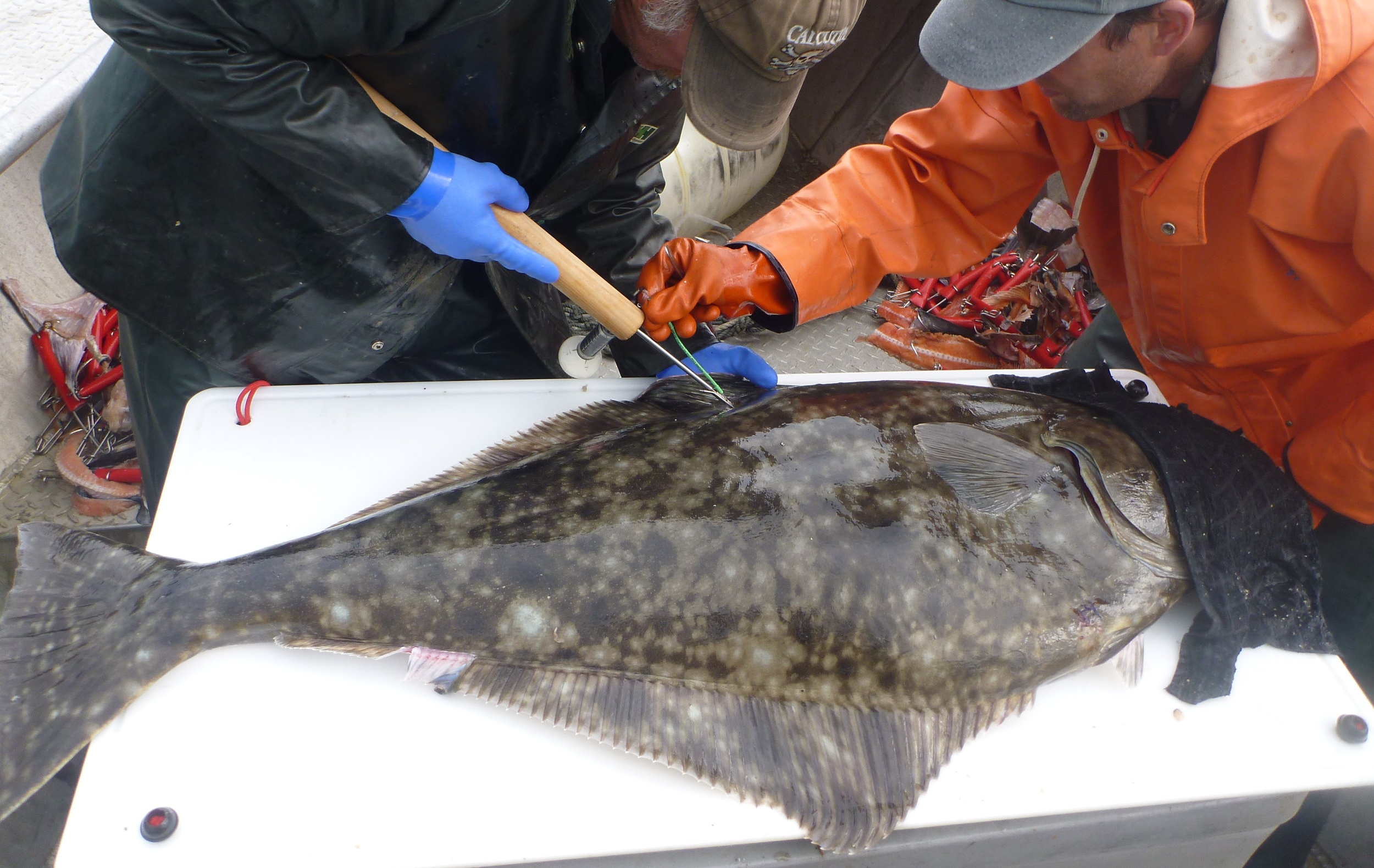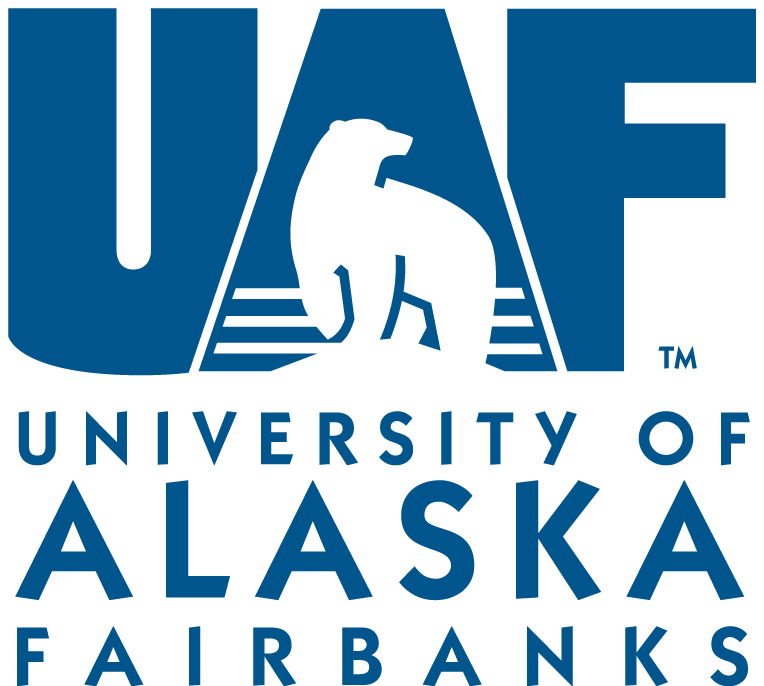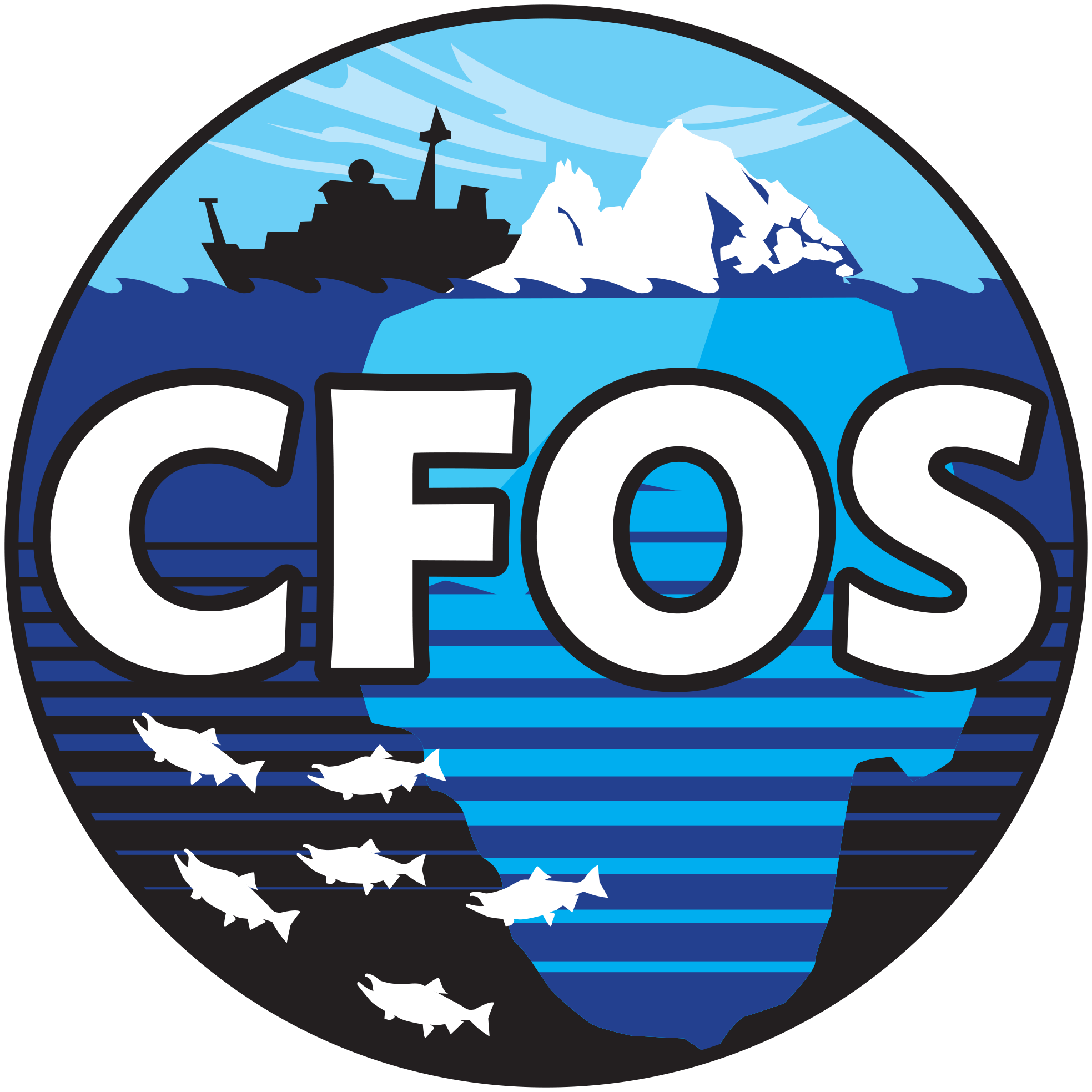Research Proposal Overview
The PCCRC is interested in soliciting research proposals from fisheries scientists, biologists, chemists, engineers, and social scientists that lend expertise to advancing its research priorities. These research priorities are updated annually and reflect the changing demands and challenges that are required in sustainably managing Alaska's marine resources. Letter's of Intent (LOI), abbreviated project proposals, are solicited annually in August after the advisory board has revised the research centers research priorities. An approximate timeline for research proposal submission is detailed below. The collaborative nature between the Pollock Conservation Cooperative (PCC) and UAF’s College of Fisheries and Ocean Sciences dictates that proposals must include a principle investigator affiliated with the University of Alaska. Current and past research project descriptions can be found here.
The PCCRC also offers Graduate Fellowships (dependent on available funds) through a separate request for proposals that occurs following research proposal funding decisions. The PCCRC fellowship is detailed below and previous award winners can be found here. If interested in how the funds are allocated by discipline, research theme, or focal species have a look at our interacting funding graphic.
2020 LOI - Submission deadline September 20, 2019
2021 Graduate Fellowship - Submission deadline March 5, 2021.
Timeline
2021 PCCRC Research Priorities
I. Pollock Biology and Resource Utilization
1.The effect of temporal and spatial variations in pollock diets and condition on fatty acid profiles in pollock.
2. Research to identify key factors driving immigration and emigration of pollock outside of the standard eastern Bering Sea survey area.
3. a.) Research to identify the most important indicators of oxidative stability in fishmeal and fish oil, e.g., propanal, aldehydes, anisidine, and peroxide value b.) Investigate lab procedures/instruments appropriate to measure the most important indicators of oxidative stability of fish oil and fishmeal in both at-sea and onshore fish processing facilities, e.g., NIR, Safe Tests, etc. c.) Investigate alternative additives that provide for the optimal anti-oxidative properties of white fishmeal and fish oil, which maximize both stability and shelf life.
4. Research to investigate the presence, classification, and properties of microplastic contaminants in pollock products.
II. Fisheries Management and Incidental Catch (of FMP or PSC) Species
5. Cooperative industry research designed to mitigate bycatch and PSC through gear modification and changes in fishing practices.
6. Herring genetics, stock structure, and management: Compare Western Alaska herring genetic composition and age structure on overwintering grounds and spawning grounds to ascertain population structure; investigate a new approach to Herring PSC management in the Bering Sea pollock fishery.
7. Evaluate current (3-River index) and alternative management strategies for determining “low abundance” in Western Alaska Chinook salmon populations.
III. Habitat, Ecosystems, Protected Species
8. Research on ecosystem response to ocean warming, particularly relating to lipid-rich zooplankton abundance and juvenile pollock abundance and survival.
9. Develop empirical indicators that link ecosystem variability in the Bering Sea and changes to variability in growth, survival, and recruitment of pollock and Pacific cod stocks. Large- scale ecosystem changes in, e.g., sea-surface temperatures, sea ice coverage, zooplankton abundance, etc., could be indicators that growth, survival, and recruitment of fish stocks might be impacted and would be useful for linking ecosystem changes directly to management-relevant reference points such as OFL and ABC.
10. Evaluate potential environmental and anthropogenic drivers of fur seal declines on the Pribilof Islands.
Student Fellowship
The PCCRC Graduate Fellowship in Fisheries Management and Marine Research provides up to $52,000 per academic year. The funds can be used to support a graduate stipend at your appropriate candidacy level, pay tuition (up to 18 credits per year) and graduate student health insurance, and to pay for up to $2,000 in project-related research/travel expenses. Awards are renewable pending successful annual progress. M.S. students are eligible for a maximum of 2 years of support; Ph.D. students are eligible for a maximum of 3 years of support. PCCRC Graduate Fellowships support excellence in graduate student research and are not Research Assistantships.
Selection Criteria and Guidelines
Projects should address one or more of the PCCRC Research Priorities.
Projects should be distinctive and make an original contribution to existing knowledge.
Projects should have potential economic value to the fishing industry and/or contribute to long-term benefits for Alaska.
Research objectives should reflect potential for continued development as a scientific or applied initiative.
If completion of your research project depends on research funds beyond the limited funds provided with the Fellowship, your award may be contingent upon the receipt of those other funds.
Explore Past Funding
The PCCRC is by no means just about Pollock! While funding comes from the Pollock Conservation Coop, the research they fund is exceptionally diverse in terms of disciple, research theme, and focal species. Below you can see how the funds are allocated by discipline, research theme, or focal species.






